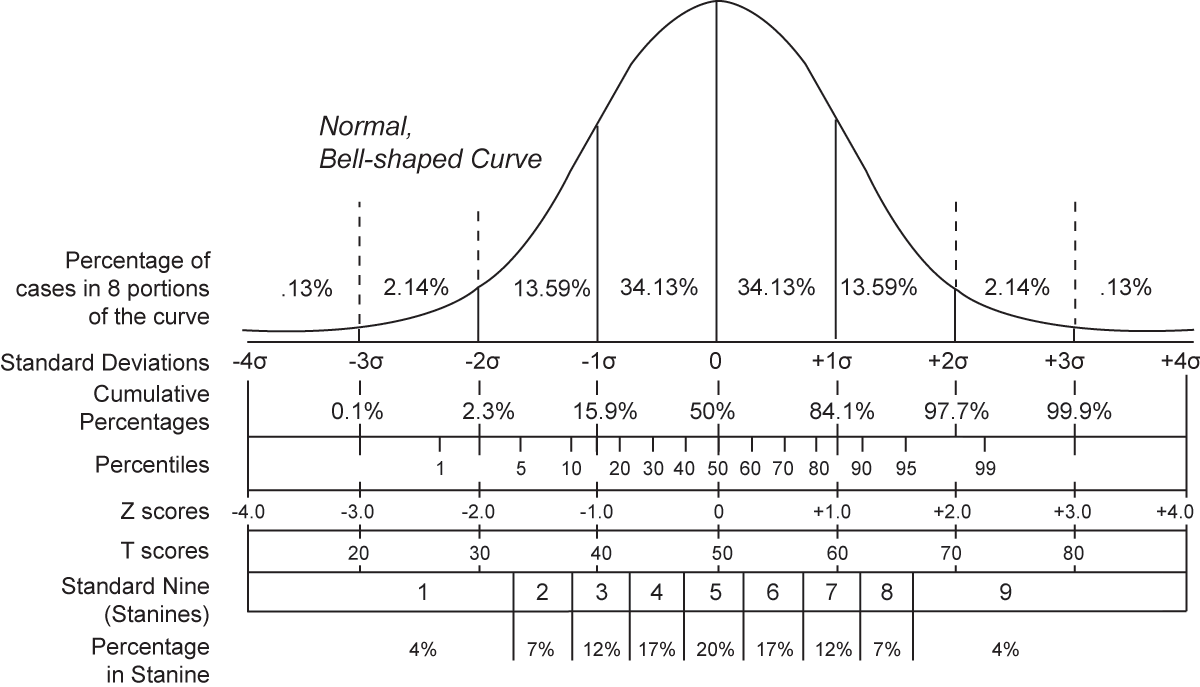The phenomenon of the normal distribution is typically defined as the graph that displays the distribution of random variables (Tong, 2012, p. 26) and usually takes the form of a sine wave on a graph (see Fig. 1 below).

When it comes to applying the concept of the normal distribution to the actual operation processes in a company, one may consider the correlation between the number of workers and the actual capacity of the employees in question as an example. Indeed, the correlation between the specified factors can be displayed with the help of a normal distribution graph. However, in order to create a cohesive normal distribution graph, one will have to evaluate the capacity of the staff members in question at all periods on a specific time slot.
It should be noted, though, that the specified operation will require the introduction of a variety of constraints so that the forecast could be credible enough to build the further strategy on. To be more exact, the constraints such as the relation between different levels of the workforce and their proficiency rates will have to be considered as an essential constraint in the design of the forecast. Indeed, affecting the quality of work, the inconsistency between the skills of advanced employees, who have received proper training and experience, and those, who have only recently started acquiring the necessary competencies, needs to be noted as a major obstacle in determining the outcomes (Sharpe, DeVeaux, & Velleman, 2015).
Apart from the above-mentioned constraint, the one regarding the inventory needs to be brought up. Since the inventory variable can be described as random in the specified scenario, it is reasonable to assume that the efficacy of the workforce may vary depending on the type and quality of the inventory used in the process. In other words, inventory can be viewed as one of the obvious issues that an organization will need to address.
In addition, the constraint such as the capacity of the workforce and the equipment needs to be mentioned. While the latter can be located and, therefore, used for making comparatively accurate forecasts concerning the performance that the organization will deliver, the quality and speed of the staff’s operations is hardly predictable and, therefore, may pose a significant threat to the overall veracity of the process of the business tendency identification.
Last but definitely not least, the correlation between the regular workforce and the supplementary one deserves to be listed among the key constraints. As it has been stressed above, the significance of the staff’s competence is not to be underrated when it comes to defining the outcomes of the company’s choices. The supplementary workforce members, in their turn, can be characterized as less proficient than the ones belonging to the regular workforce. Hence, the more members the latter is represented by, the more efficient the company’s performance is. Hence, the normal distortion rates will be affected significantly by the slightest changes in the designated area.
Making financial forecasts for a company’s operations is crucial to making the right choice out of the options that an organization might have. Hence, it is imperative that tools such as the normal distribution calculation should be incorporated into the company’s statistical analysis. By identifying the correlations between the essential variables, a company will prosper in the environment of the global economy.
Reference List
Normal distribution [image]. (2015). Web.
Sharpe, N. D., DeVeaux, R. D., & Velleman, P. (2015). The normal and other common distributions. In Business statistics (3rd ed.) (pp. 212-243). Upper Saddle River, New Jersey: Pearson.
Tong, Y. L. (2012). The multivariate normal distribution. New York City, New York: Springer Science & Business Media.